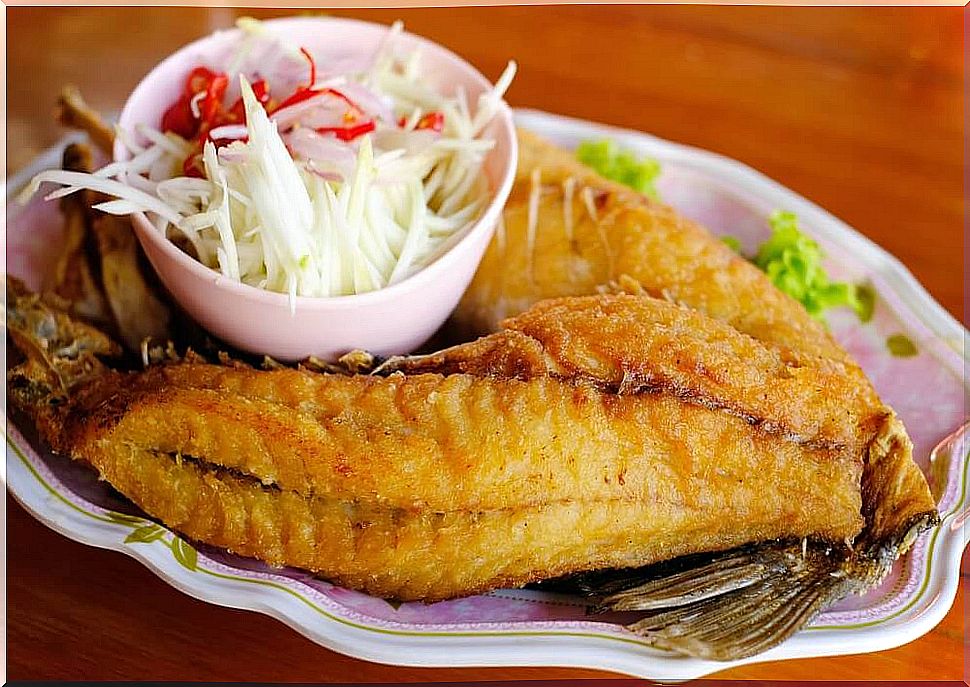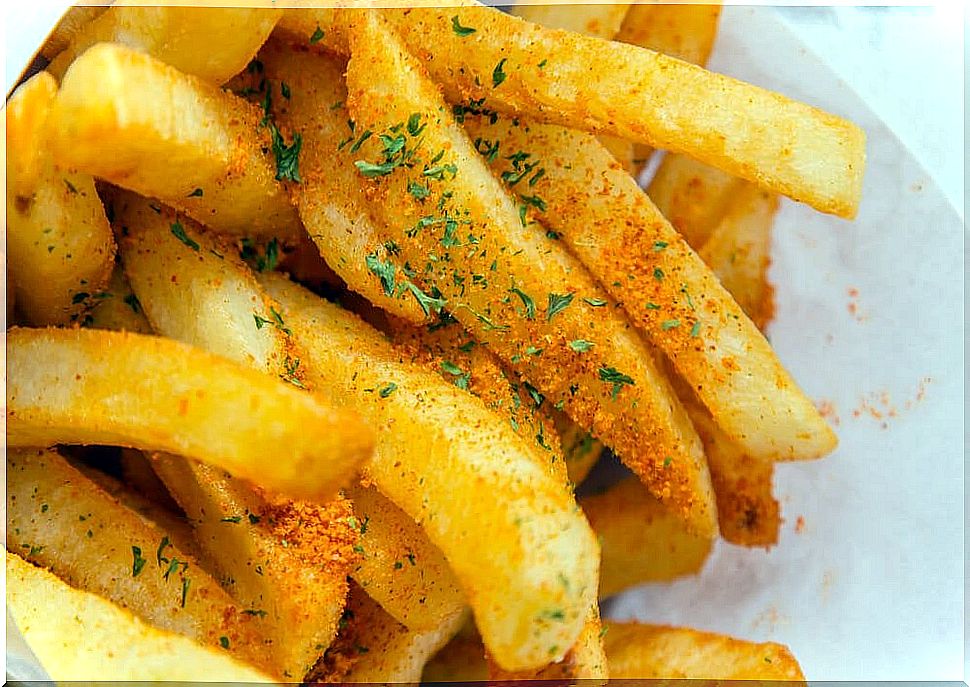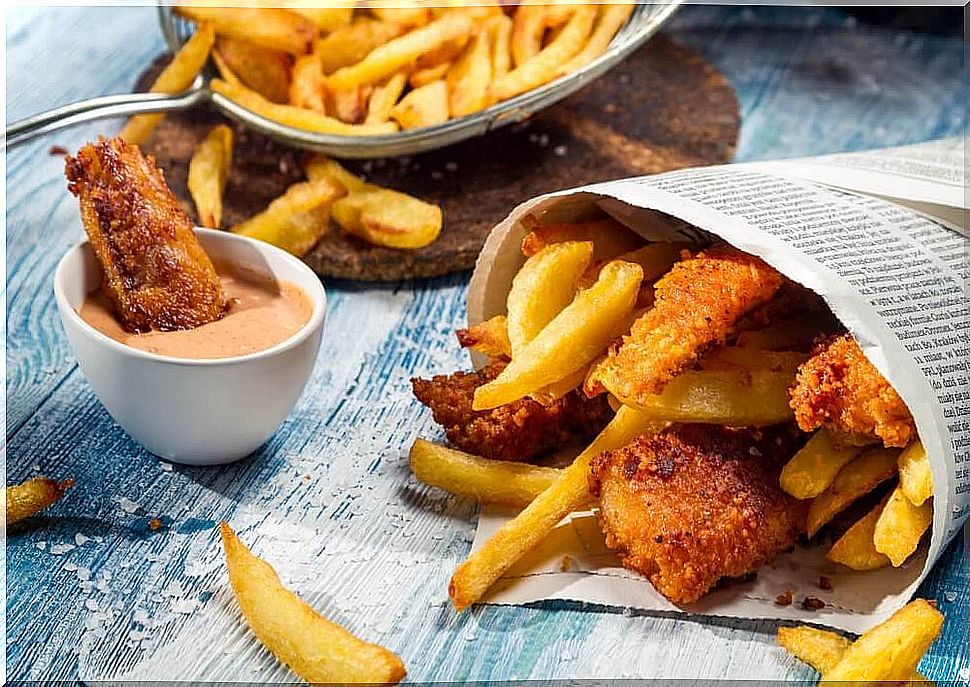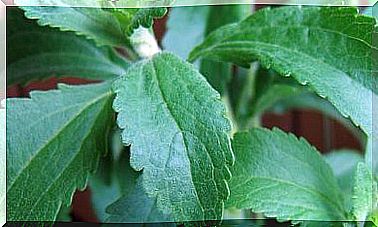Frying: Changes That Occur When Frying Food

Frying foods produces considerable changes in their composition and nutritional properties. Here we will analyze the main peculiarities of fried foods, and how this cooking process affects the preparations.
Although the consumption of fried foods has been practiced since ancient times, mainly in Mediterranean countries, this cooking method has become popular in recent decades.
In all existing and commonly consumed oil, the olive oil is the product showed increased stability while undergoing frying. However, its high cost has become a limiting factor when it comes to using it in abundance as an ingredient for frying.
The process of frying food

Frying is a culinary process that involves introducing a food into a hot oil or fat bath at high temperatures, between 150 °C and 200 °C. At this point, the oil acts as a heat transmitter, producing rapid and uniform heating of the product.
There are two types of fried foods that we can differentiate:
- Superficial frying : consists of using a more or less flat container, such as a frying pan, with a low oil level, where part of the food is left out of the frying bath. The submerged part is fried and the outer part is cooked by the effect of the internal steam generated by being heated.
- Deep frying:
Changes that occur in oil

The increase in temperature produces chemical changes in any substance. Therefore, the oil used to fry food will degrade with considerable speed.
The main effects that can occur are:
- Hydrolysis: occurs in the presence of water and heat, breaking the bonds of triglycerides. These are broken down into monoglycerides and diglycerides, and free fatty acids appear. This process is more frequent in coconut or palm oils, as they have shorter molecular chains.
- Oxidation: due to the effect of oxygen on fatty acids. From this effect, unstable compounds are formed, such as peroxides, as well as free radicals.
- Thermo-oxidation: consists of the same oxidation process favored by the high cooking temperatures. Due to the oxidation of the oil, food acquires undesirable odors and tastes.
Changes produced when frying food

The changes produced in foods during the frying process vary according to the product used and the quality of the oil with which it is cooked. Of course, cooking time and temperature will also play a role.
Among the main changes that occur in fried foods are:
- Loss of vitamins due to high oil temperatures.
- Product dehydration by evaporation of the water it contains.
- Oil impregnation with the consequent increase in the calorific value of the product.
- Acquisition of a crunchy crust with a pleasant texture and flavor.
- Obtaining characteristic flavors and aromas according to the type of oil used.









